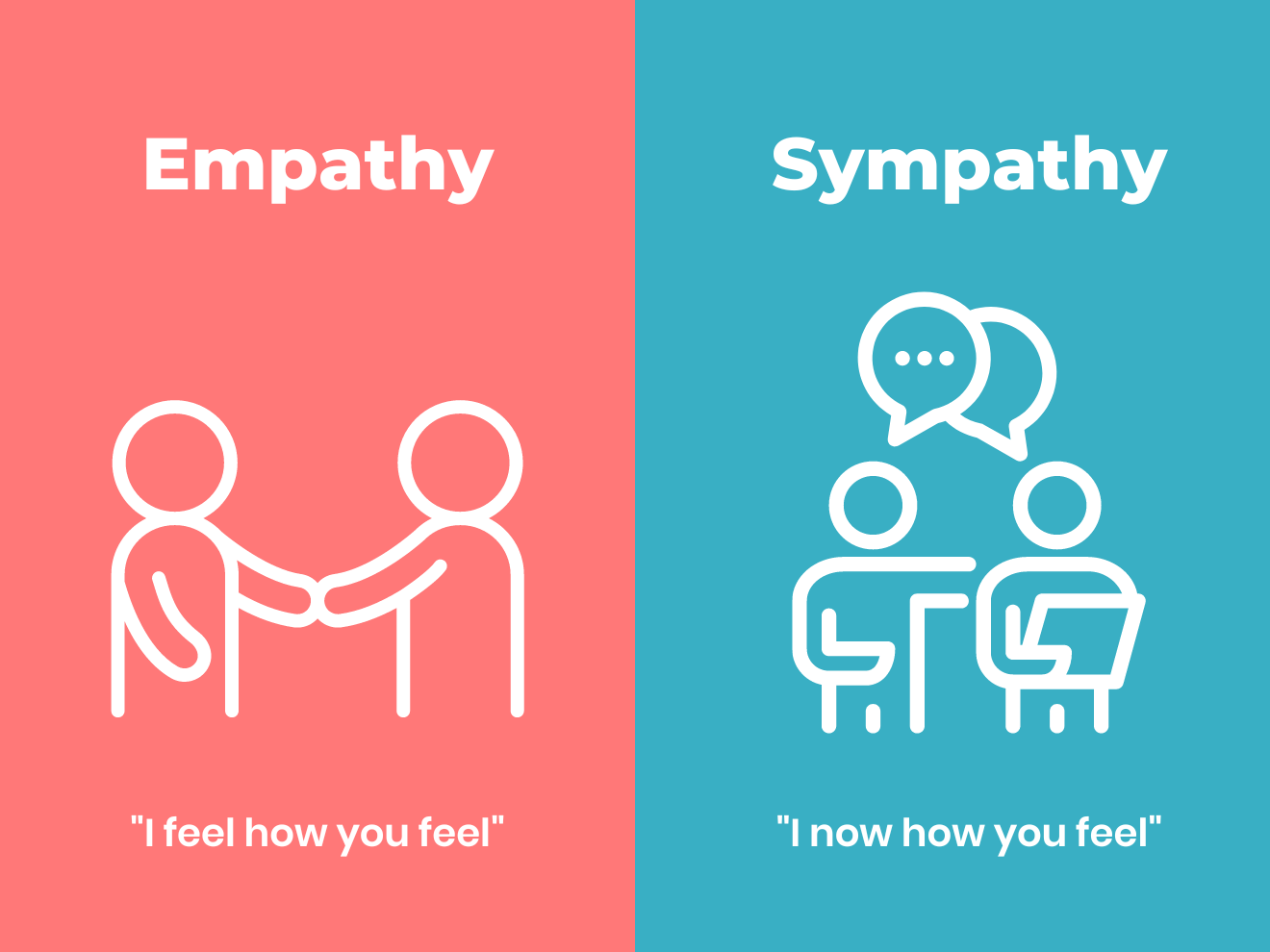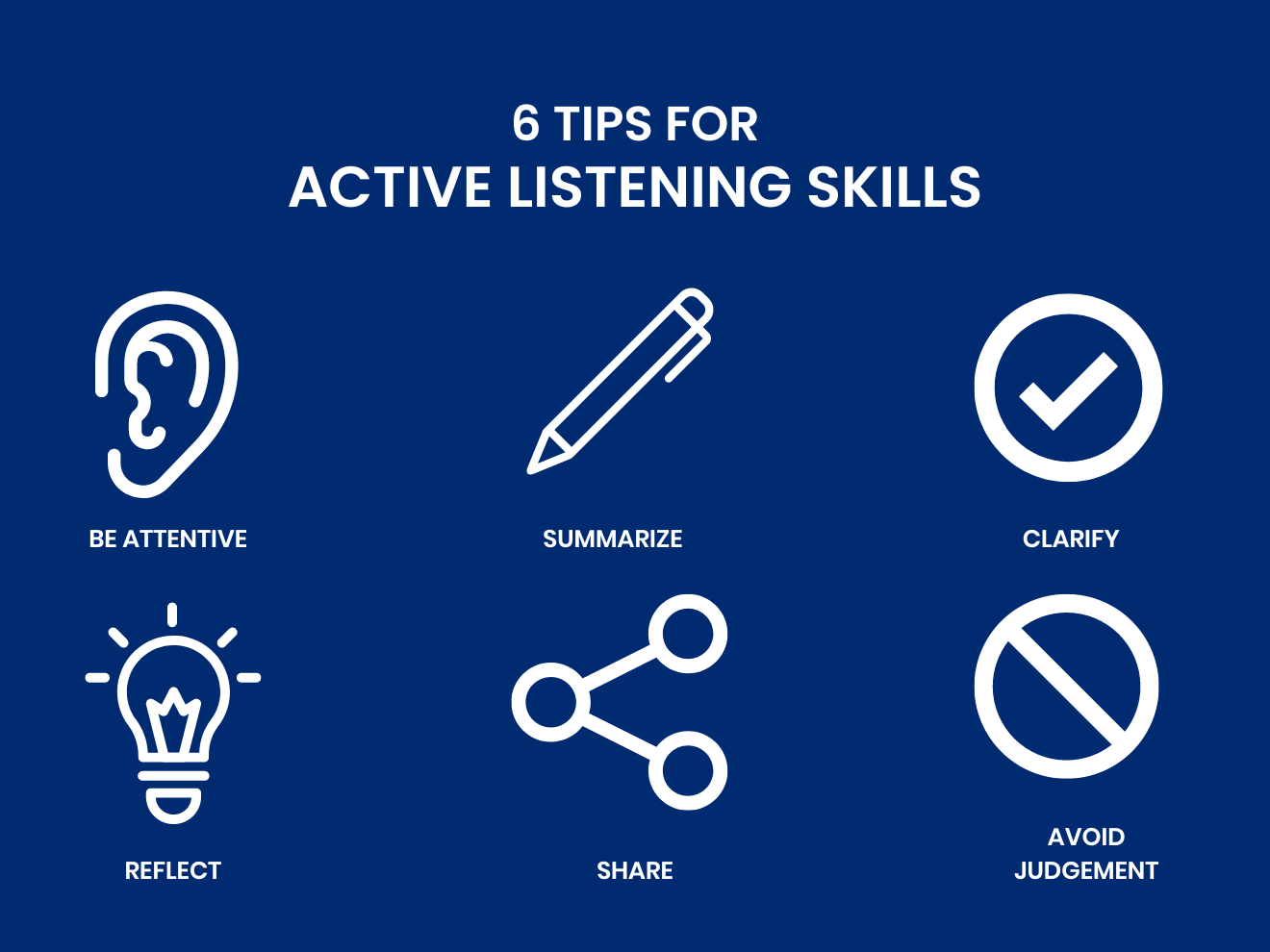You may also like:
- Emotional Intelligence In Customer Service: How To Meet Ever-Growing Customers' Needs?
- 7 Customer Service Standards To Follow And How To Keep Them High
Empathy and customer service are the two things that should always go together but not always do. Given the impact that great customer service has on the overall customer experience and their future purchase decisions, developing such skills as empathy nowadays has become of the utmost importance.
Although excellent customer service should be the focus of the whole company and not only your support people, they actually bear the greatest burden. Being the ones who directly interact with your customers, they usually have the biggest influence on how your clients perceive your brand.There are many great practices you can follow to improve customer service empathy and gain your customers’ trust. What could be a good place to start? Organizing something like empathy training for customer service might help. But what might also work would be reading this article and learning what steps to take to become more empathetic towards your customers.
The importance of empathy in customer service
The definition of empathy doesn’t really change when it comes to customer service. It’s still defined as the ability to understand what other people are feeling, connect with those emotions, and respond with compassion.
This is especially important in today’s e-commerce environment where customers have higher expectations than ever before and are more aware of where their money goes. They might be okay with longer shipping, but they still expect fast, thorough, and compassionate customer service – which usually determines if you will ever see them in your store again.
On the same note, they now have so many different options to choose from that jumping from one brand to another has never been easier. In fact, 63% of consumers in the US would switch companies because of poor customer service.
This is something to really think about, isn’t it?
Sympathy and empathy in customer service (+examples)
But what role does empathy play in all this?
Let’s put it this way – what kind of customer service are you able to provide if you don't understand and relate to the issue a customer is referring to and show no sincere interest in solving it?
Now here’s where we should also distinguish the difference between sympathy and empathy in customer service since the line might seem pretty thin.As great as sympathy might be, in customer service try to aim for empathy – and here’s why.

- Sympathy brings you too close to the problem you’re trying to solve – it's more like taking on another person's emotions but in a personal way, which basically makes you share the “victim” position with your customer.
- Sympathy can look unprofessional and harm your brand image. Since emotions can take the lead, you might lose their trust and appear unconfident about your products or services.
- Sympathy can prevent you from doing your best job. Getting too emotionally involved in a matter can affect your end result, and not in a good way.
Meanwhile, empathy still allows you to show that you care and genuinely understand the problem but without getting emotionally involved. This is what brings the best result in customer service – empathy helps to see things from another person's perspective while keeping a cool head.

How to improve customer service empathy
1. Acknowledge your customer’s concerns
When someone contacts you with a problem they have about your products or services, one of the most important things from the very beginning of the conversation is to acknowledge it.
When a customer expresses any kind of emotion that they feel, be it frustration, misunderstanding, excitement, or other, and doesn’t get the feeling that you understand it, it might come up as rejection or, at least, put some tension on your conversation.
This can actually be explained by something that psychologists call a communication chain. Simply put, it tells us that when a person conveys a verbal message (or a link in the chain), they naturally expect a response. And when there’s none – the chain is left “unlinked,” or broken.
Acknowledging a customer's problem is that response that "links" the chain together and leaves them with a feeling of connection, putting the customer more at ease. It shows that you understand and are ready to get into solving the issue.
2. Practice active listening
Customers are not always so good at explaining exactly what they need and that doesn’t make it any easier for you. That’s why understanding what those needs are is possible only when listening with your full attention.
What differentiates active listening from simply listening or hearing is that being an active listener requires you to keep engaged and reflective about what’s being said. In other words, you should show that you’re listening using verbal and non-verbal feedback (if possible), asking questions, paraphrasing to confirm understanding, or using affirmations.

Of course, in e-commerce, a lot of such interactions also happen via email or other channels where you don’t have a chance to make eye contact, for instance. It isn't technically "listening," but still requires paying close attention to your customers' requests.
In this case, no matter how swamped you are, try to slow down and think about what your customer is asking. It may even come to you as an advantage since you have more time to digest the message and provide a more thorough response.
3. Look at things from your customer’s perspective
Or in other words – put yourself in your customers' shoes. The ability to do that will allow you to change places with your customer for a moment which will likely lead to more empathetic customer service.
Why is this even on this list? Well, as simple as it may sound, sometimes it’s difficult to draw the line between what you, as a customer service rep, think of your customer experiences and what they’re actually going through.
By looking at things from your customer’s perspective, you will get a better understanding of the issue and learn how you would feel if you were in the exact same situation. This will help you adopt your customer’s viewpoint and look at the problem in a completely different light.
4. Overcome your biases
When it comes to various biases, you might think that you have none. Unfortunately, we all have them about certain things, and it’s totally normal – it’s a human way to “store” certain information, such as, for example, linking cereal to breakfast or (unconsciously) making judgments based on specific human traits.
In customer service, though, no kind of prejudice works in your favor. They may make you jump to conclusions too fast and simply prevent you from doing your best before you can even think about it.
For instance, imagine that you are a developer of some kind of Shopify app and you get a call from a customer who sounds a bit older. There’s a chance that you will automatically assume that the person calling you is less tech-savvy because of their age, and not that your software has navigation issues, let’s say. This is where it all can begin to collapse.To maintain empathetic customer service, you have to learn to deal with these things over time. The keywords here would be recognize and stay aware – by noticing that you might be making wrong assumptions, you will be able to take a break, think about it, and bring back the conversation on its regular path.
5. Use positive language
Let’s face it – most of the people who reach out to customer service are frustrated or are about to get frustrated (if you fail to meet their needs), so learning how to talk to angry customers is important. Under no circumstances you should act in the same manner. Instead, try to use positive language in response which could help you to stay more in control of your conversation.
Not only that – using positive language when communicating with customers can improve customer engagement, boost their satisfaction with your service, and even encourage them to come back to you, even if they’ve encountered a serious issue.

Try to imagine how it would make you feel if instead of:
- “I really don’t know…”
- “I can’t help you.”
- “No, it’s not possible…”
- “Please calm down.”
…you would hear something like this:
- “Thank you for bringing this to our attention.”
- “I’m happy to help!”
- “I completely understand.”
- “I really appreciate your patience.”
Sounds so much better, doesn’t it?
6. Try to create a genuine connection
Although the main goal of a customer service interaction is to assist or help a customer, that doesn't mean you have to “follow the script” blindly. If you see a chance to connect on a personal level, for instance, notice that you and your customer have something in common, why not bring it up?
More often than not, such tiny moments can instantly boost the mood and make it easier to solve a problem (or at least they can release the pressure from the conversation if any). If appropriate, it also helps if you can have a few laughs and exchange shared experiences.
This can bring you closer to the customer and put a nice and warm memory in their mind when they think about your brand. What can be better than someone telling their friends (a.k.a. your potential clients) that I had the best experience with their customer support agent, he was really helpful, and turns out we both went to the same high school!
Well, that wouldn’t probably come up, but you get the idea.
Expressing empathy: customer service statements to use
In one way or another, all of the things mentioned above bring you closer to more empathetic customer service. The key here is not to just serve a customer – instead, be there for them.
Below you will find 30 empathy phrases for customer service that will come in handy during your next interaction with clients. They will help you make them feel heard, understood, and valued, therefore, improving your customer empathy.
Acknowledge customers’ feelings
- “I understand your frustration, but let’s try to find a solution.”
- “I can imagine how you feel in this situation, we will sort this out.”
- “I’m sorry to hear you’re experiencing this. I will do my best to resolve this as soon as possible.”
- “I get why you’re angry. I can certainly help you out.”
- “That indeed sounds right, let me see what I can do to make it work.”
Uncover what’s important
- “Did I get that right?”
- “If I’m understanding you correctly…”
- “Did you mean that...”
- “Could you please tell me if I got this right…”
- “Can you elaborate a bit more on…”
Put yourself in your customer’s shoes
- “That would be annoying for me, too.”
- "I can absolutely relate to your frustration."
- “I would have reacted the same way.”
- “I can see why this is an issue.”
- “That must have been confusing.”
Maintain positivity
- “I’m glad you asked!”
- “How may I assist you?”
- “I assure you that…”
- “I will happily help you find a solution.”
- “Let me know if there’s anything else I can do for you.”
Provide suggestions
- “This is what you may find helpful…”
- “Would you like to try…”
- “There are several things you can consider…”
- “If you choose X, that would make it easier.”
- “How would you feel about…”
Make customers feel appreciated
- “Thank you for your patience.”
- “We are happy to have you as a customer.”
- “I appreciate you being so positive about this.”
- “We value your feedback, how was your experience with our company?”
- “Is there anything you’d like us to improve about our service?”
The perfect duo: empathy and customer service
Empathy is a skill that requires polishing, but it can greatly add up to your overall customer experience when used right. That is because people are emotional creatures and many, if not most, of our decisions are led by emotion rather than pure logic.
Empathy in customer service can make your brand look “more human” and help your prospects and customers see that you’re on their side. At the end of the day, you will not always be able to solve every problem your clients may encounter – but you can still make them feel better by striving for real, human connections.





